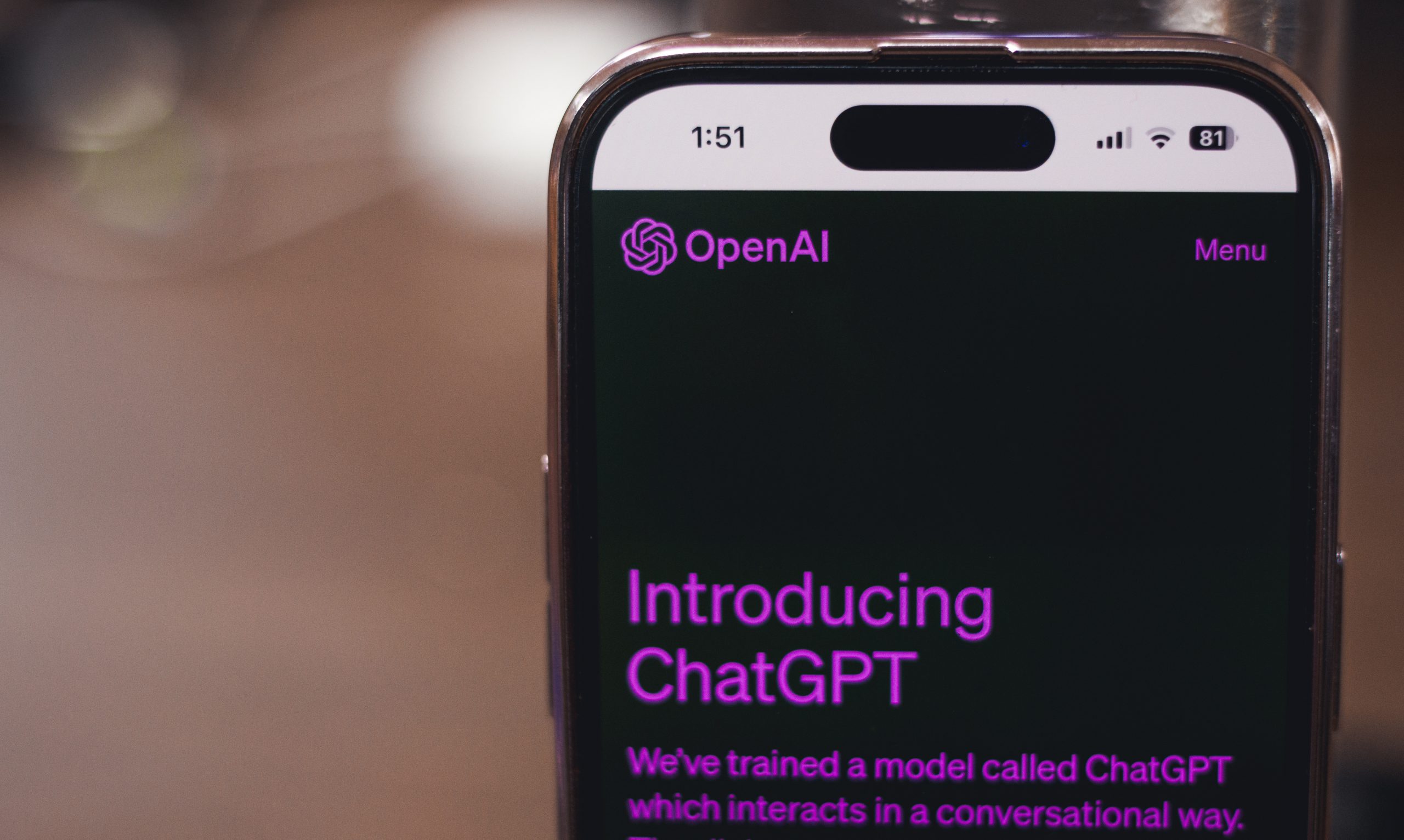If plan sponsors are working with the appropriate plan fiduciary, then an ongoing review of the fund’s performance, fees, and underlying risk should be part of their ongoing process
Due Diligence

Herein lies the potential for a direct conflict of interest. This applies generally to all proxy voting in commingled portfolios.

Plan sponsors need to think about it in these terms: Does it make sense to have a pork-belly ETF on a 401k investment menu? How about orange futures?

CITs can only be offered within the confines of a trust relationship. That means the plan itself might be structurally different than one that has an investment menu limited to mutual funds.

“They can benefit from something more tailored to their unique circumstances, particularly as they are approaching certain key inflection points in their working lives or key financial decisions they have to make or key life events. Therefore, what we’ve been seeing in the retirement plan industry is this emphasis on retirement plan services.”

While this might ruffle the feathers of ESG activists, those responsible for the day-to-day work of picking stocks have the real-world experience to fully understand where Buffett is coming from.

The Biden Rule, like the Trump Rule, does not encourage or discourage the use of ESG criteria when selecting investments. This allows fiduciaries to either adopt ESG principles or ignore them.

If a fiduciary feels carrying out legal duties entails a high cost, there is an acceptable strategy for dealing with this, but the fiduciary must execute it before the client signs the contract.







































































